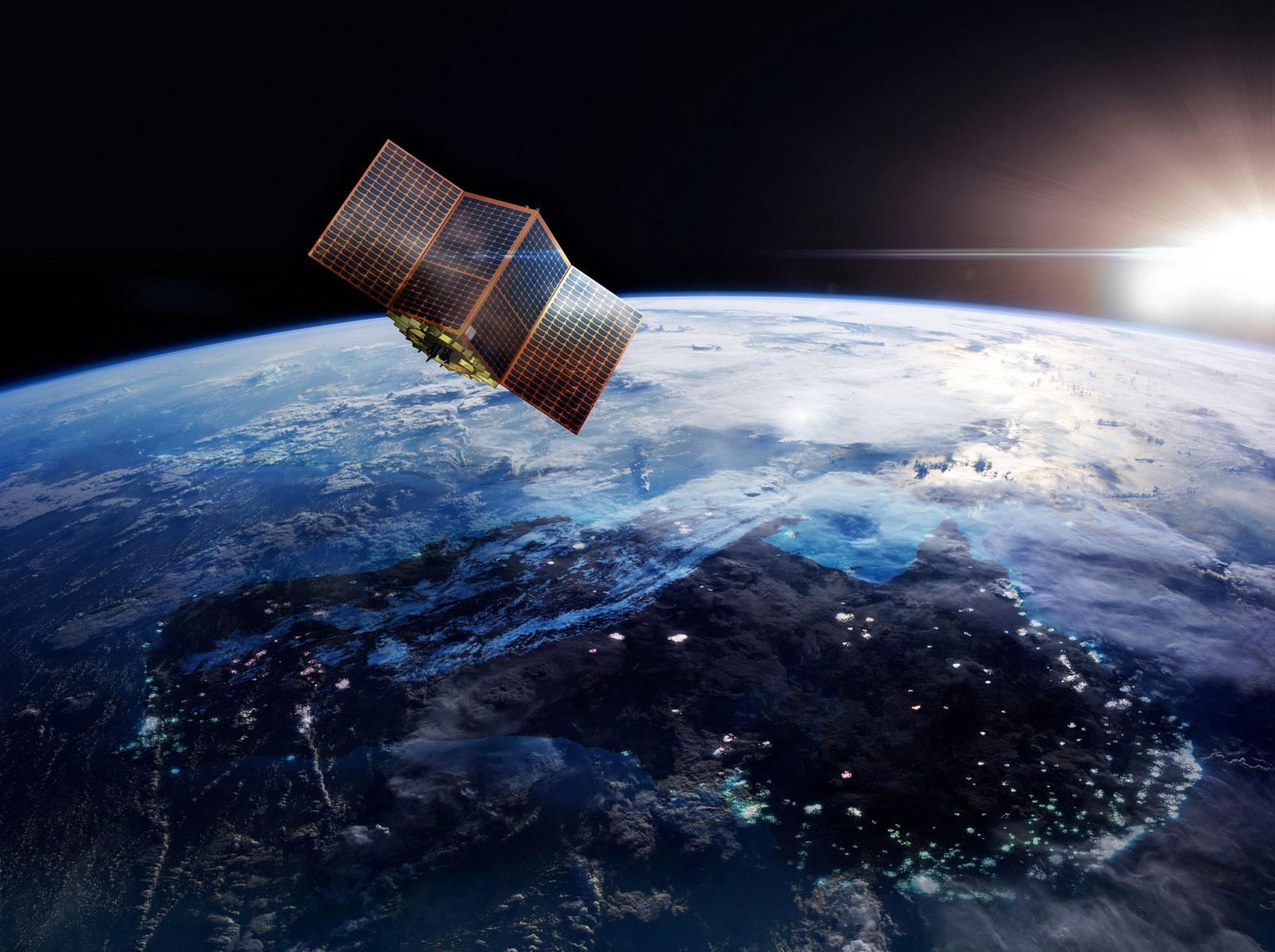Earth observation technologies focus for partnership

The SITAEL Platino spacecraft over Australia. SITAEL
Lot Fourteen based SITAEL Australia has announced a new partnership with the University of Adelaide’s Institute for Photonics and Advanced Sensing (IPAS) to cooperate in innovative research into space-based infrared instruments.
SITAEL Australia and IPAS will cooperate on utilising multi-aperture infrared sensors with intelligent processing to achieve low cost, high resolution thermal imagery.
The partnership has been conceived as part of the SmartSat Cooperative Research Centre (SmartSat CRC), that sees SITAEL Australia and the University of Adelaide amongst the members developing know-how and technologies for intelligent satellite systems and Earth observation data services.
“We are taking an innovative pathway to the collection of thermal imagery from space, combining the small satellite and infrared instrument knowledge of SITAEL, with the unique expertise and capabilities in sensing from IPAS,” Executive Director and General Manager of SITAEL Australia Mr Mark Ramsey said.
Associate Professor Martin O’Connor, Defence Technologies Theme Leader at IPAS said: “IPAS is pleased to partner with SITAEL Australia, with this new research further increasing IPAS’ space domain instrument expertise in Adelaide. Furthermore, we are strongly aligned to the commercial outcomes focus of the project, connecting technological development with end-user application.”
The project, which has a one-and-a-half year timescale, will help grow Australia’s sovereign space-based infrared imaging capability, and has applications across defence and surveillance, water monitoring, fire monitoring and agriculture.
“Innovative space-based thermal imagers will be used for wide-area, bushfire early warning and tracking. Algorithms will interpret data in real time to help immediately pin point fires in areas obscured by smoke,“ said Associate Professor O’Connor.
The technology will have other applications such as checking inland and coastal water quality and monitoring industrial energy use and its effect on climate change.
The aim of the research is to move towards Problem-centric Operations in the infrared domain, a long-term goal of the SmartSat CRC Earth Observation roadmap. The project will create new space research positions in Adelaide for both SITAEL and IPAS, expanding their capabilities locally.
Professor Andy Koronios, Chief Executive Officer of the SmartSat CRC said: “We are pleased to see the strong cooperation between our industry and academic partners, to develop next generation Earth observation technologies, creating economic value through innovation.”
